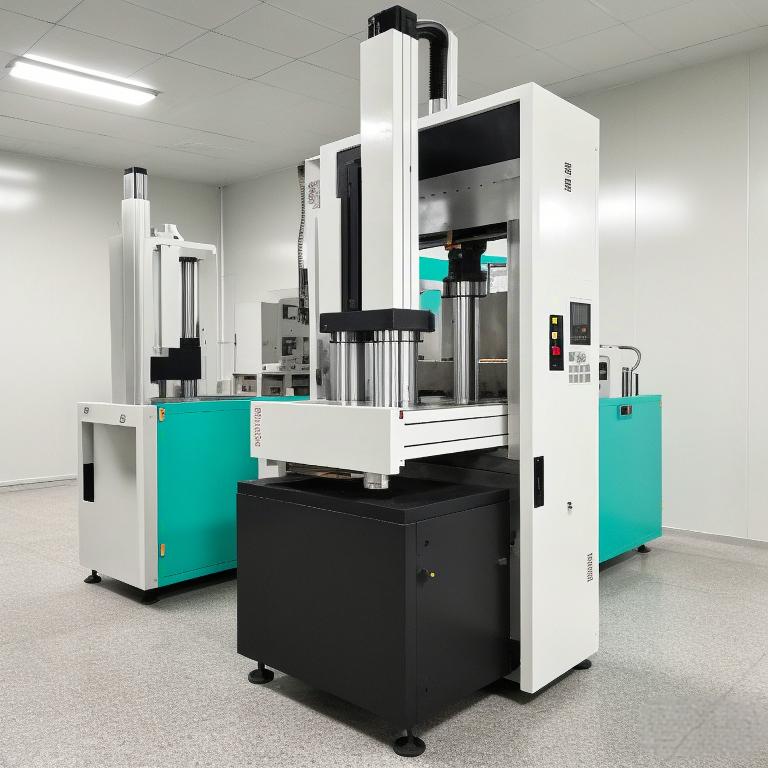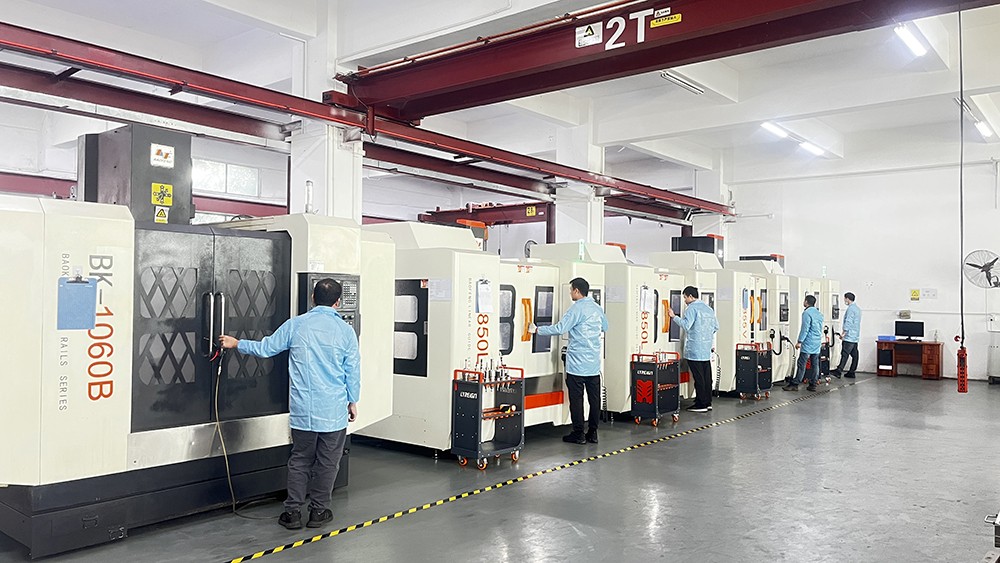Zawartość
Formowanie wtryskowe ciekłego silikonu to wysoce precyzyjna i wydajna metoda formowania. Silikon jest wtryskiwany do formy za pomocą wtryskarki i szybko zestalany w wysokiej temperaturze i pod wysokim ciśnieniem. Zaletą formowania wtryskowego jest to, że może ono wytwarzać produkty o złożonych kształtach i różnych kolorach.
![]()
![]()
Wprowadzenie do procesu formowania wtryskowego ciekłego silikonu
Formowanie wtryskowe ciekłego silikonu wykorzystuje płynny silikon jako główny surowiec. Dwuskładnikowy materiał (część A i część B) jest mieszany za pomocą ślimaka i wtryskiwany do formy w celu formowania wulkanizacyjnego. Proces ten pozwala na wytwarzanie wysokiej jakości produktów bez odpadów i w sposób zautomatyzowany. Produkty z płynnego silikonu są miękkie i szeroko stosowane do symulacji ludzkich narządów, medycznych silikonowych ochraniaczy na klatkę piersiową itp. Ponadto płynny silikon ma dobrą stabilność termiczną, odporność na zimno i właściwości izolacji elektrycznej. Podczas spalania nie powstają żadne trujące substancje. Dlatego stał się niezastąpionym materiałem w produkcji i projektowaniu produktów zdrowotnych, samochodów, produktów dla dzieci, produktów medycznych, produktów do nurkowania, przyborów kuchennych i uszczelek.
Zalety formowania wtryskowego płynnego silikonu:
- Wysoka precyzja
- Wysoka wydajność produkcji
- Niska strata
- Wyższy poziom automatyzacji
- Niski wskaźnik zanieczyszczenia
Wady formowania wtryskowego ciekłego silikonu:
- Wysokie wymagania dotyczące sprzętu i form
- Wysoki koszt sprzętu, form i materiałów
- Wrażliwość na wilgoć
![]()
![]()
Proces formowania wtryskowego ciekłego silikonu:
![]()
![]()
Urządzenie dozujące najpierw pompuje mieszaninę składników LSR A i B w stosunku 1:1, rozprowadza ją do mieszalnika statycznego lub dynamicznego, a następnie rozprowadza do cylindra dozującego wtryskarki. Po wymieszaniu obu składników materiał może zostać wtryśnięty do odpowiedniej formy. Przenośnik ślimakowy w cylindrze wtryskowym jest odpowiedzialny za wtryskiwanie i dozowanie zmieszanego materiału.
Uwaga: Temperatura cylindra dozującego i mieszadła nie może przekraczać 40°C.
| Klasyfikacja | Przyczyny | Środki zaradcze |
|
Plamy z bąbelków | Niewystarczająca wulkanizacja | Wydłużony czas wulkanizacji |
| Powietrze nie jest całkowicie usuwane. | Całkowicie usuń powietrze z przenośnego zbiornika. | |
| Zmieszane powietrze | Należy uważać, aby podczas wtrysku nie dostało się powietrze | |
| Temperatura formy jest zbyt wysoka | Niższa temperatura formy i zwracanie uwagi na rozkład temperatury formy | |
| Miejsca mieszania | Wyregulować prędkość wtrysku, sprawdzić mieszadło | |
|
Surowe krawędzie | Zbyt duża objętość wtrysku | Regulacja prędkości wtrysku i zwiększenie siły zacisku |
| Na powierzchni rozdzielającej znajduje się pył | Kontroluj środowisko warsztatowe i zamykaj pokrywę ochronną podczas formowania. | |
| Niższa siła zacisku | Zwiększenie ciśnienia zacisku | |
| Ciśnienie wtrysku jest wysokie | Regulacja ciśnienia wtrysku | |
| Czas wstrzymania jest zbyt długi | Wybierz odpowiedni czas wstrzymania | |
|
Rozszerzenie | Niewystarczająca wulkanizacja | Wydłużenie czasu wulkanizacji i zwiększenie temperatury |
| Niewystarczające ciśnienie formowania | Zwiększenie ciśnienia | |
| Generowanie bąbelków | Całkowicie usunąć powietrze z przenośnego zbiornika | |
| Nierówna wulkanizacja | Regulacja urządzenia grzewczego | |
|
Słaby połysk | Niewystarczająca wulkanizacja | Wydłużenie czasu wulkanizacji i zwiększenie temperatury |
| Chropowata powierzchnia formy | Galwanizacja form, wymiana środka antyadhezyjnego | |
| Słabe właściwości rozformowywania | Niewystarczająca wulkanizacja | Wydłużenie czasu wulkanizacji |
| Słaba powierzchnia formy | Poprawa pleśni | |
| Nierównomierny rozkład temperatury powierzchni | Sprawdź metodę ogrzewania | |
| Wyciek z dyszy | Zużycie dyszy | Sprawdź blokadę dyszy |
Oprócz wyboru materiału, opracowania formy i ustawienia optymalnych parametrów w procesie formowania wtryskowego ciekłego silikonu, kluczowe znaczenie ma również regularna konserwacja sprzętu i konserwacja formy. Jednostka produkcyjna ściśle kontroluje każdy proces, aby uniknąć niepotrzebnych nieprawidłowości i odpadów.
JEWELIVES zapewnia pełną gamę opłacalnych płynów produkty silikonowe i dokładnie rekomenduje materiały klientom, zapewniając kompleksowe zaopatrzenie w produkty silikonowe i rozwiązania OEM/ODM.




